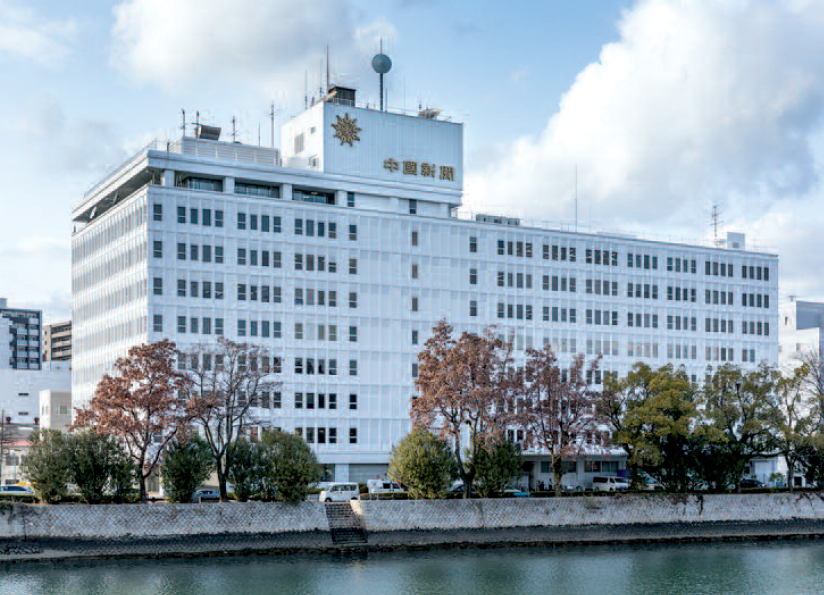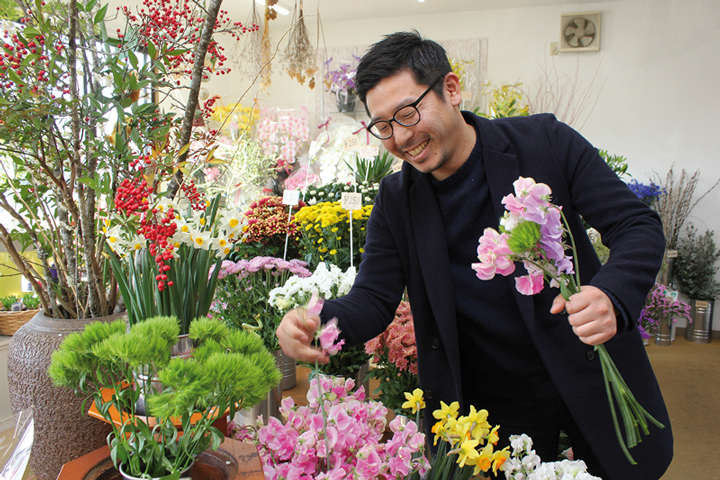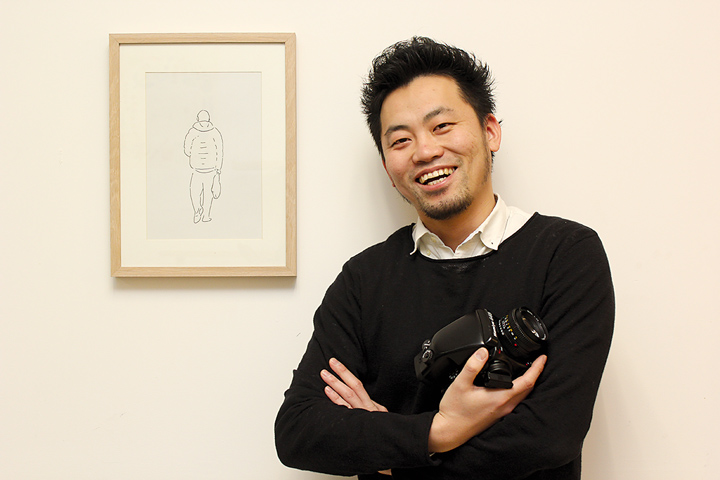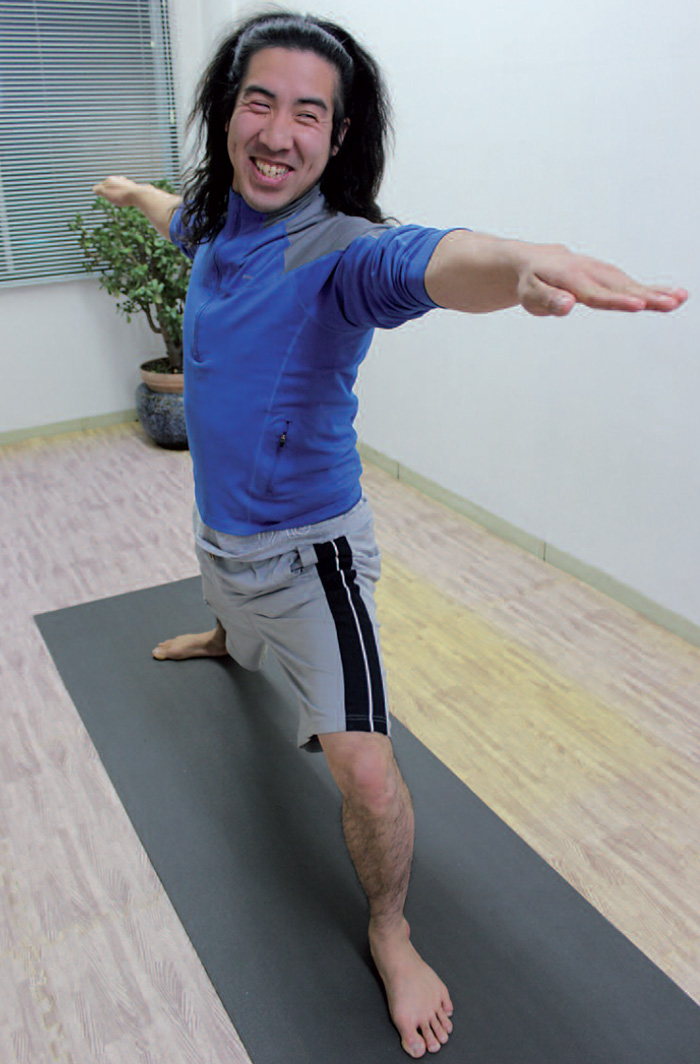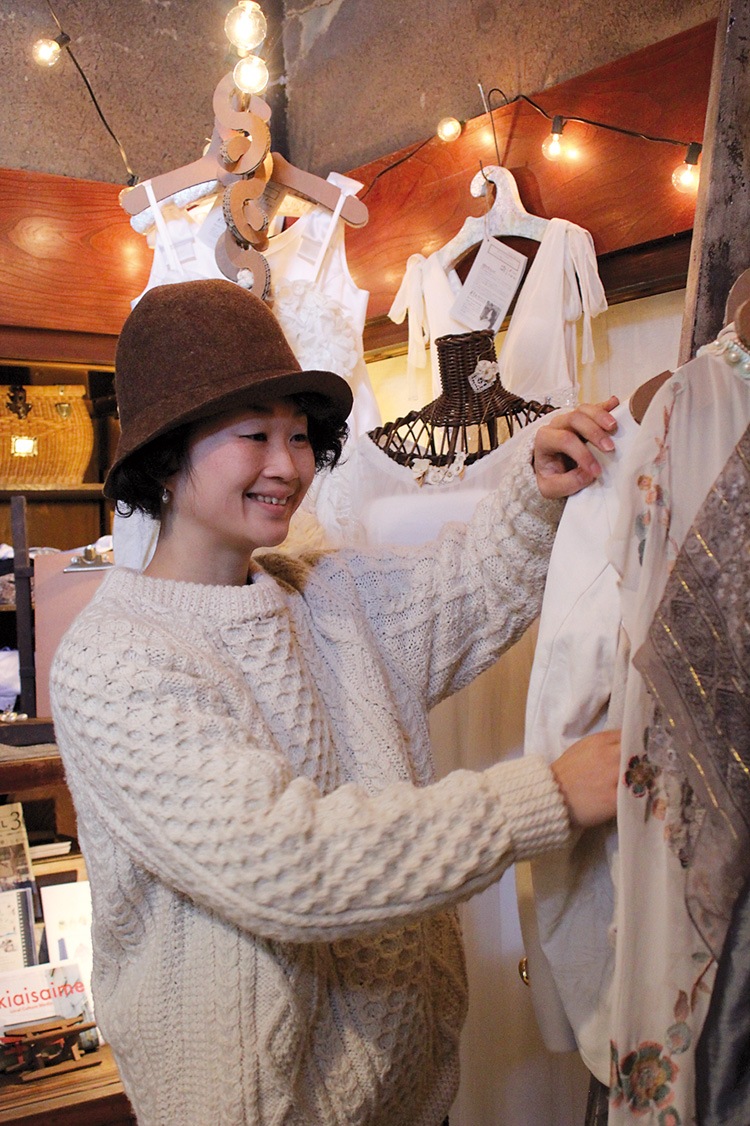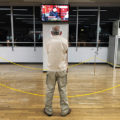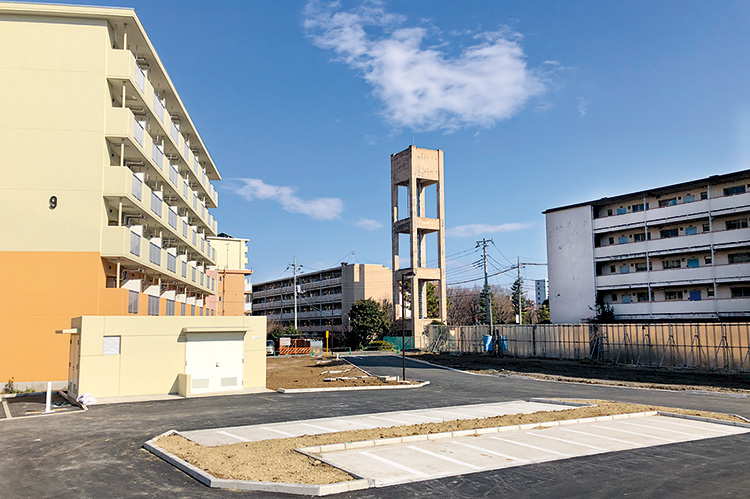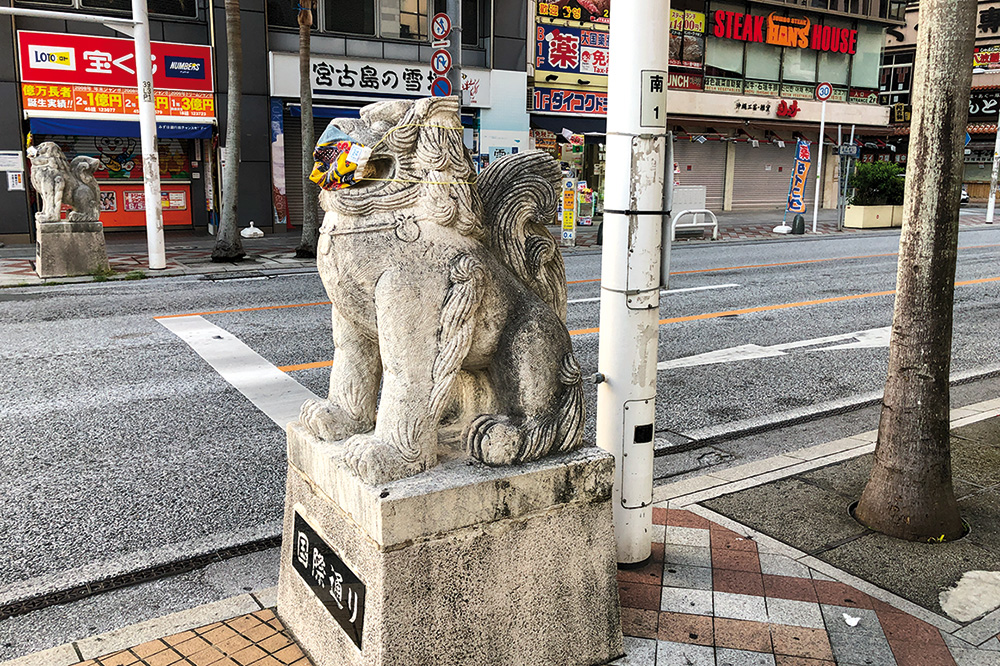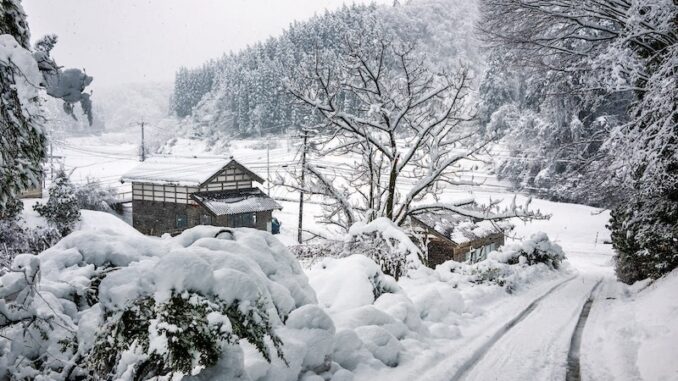
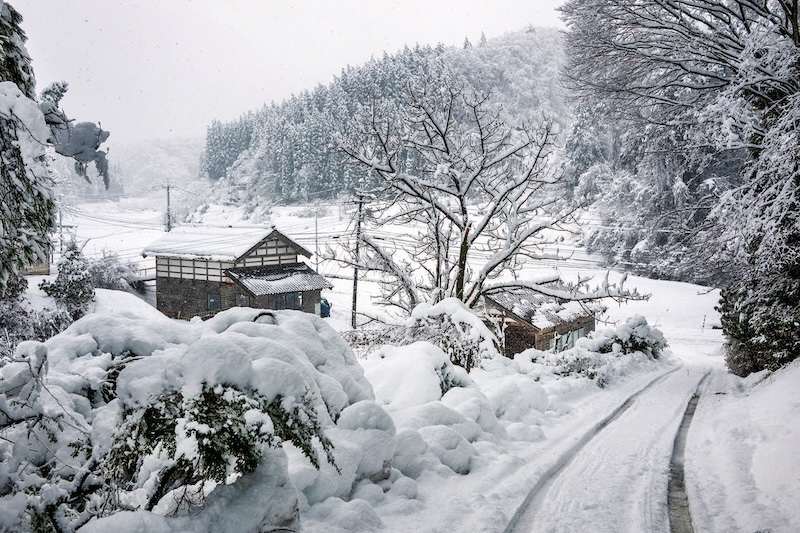
We promised them. Zoom Japan went back to see the inhabitants of the peninsula.
The Nanao train line, which was damaged by the violent 7.6 magnitude earthquake that devastated the Noto peninsula January 1st, 2024, is back in service. Operated by Noto’s railways, it runs along the coast to Anamizu and travels through picturesque sceneries under a thin layer of snow. From the train, the area seems uninhabited with only blue plastic tarpaulins covering a number of rooftops and tombstones, reminding us that a disaster happened. Then, as we get into the peninsula, straight neighborhoods made of little prefabricated houses can be seen. Those are temporary shelters built in a haste for the survivors of the earthquake, which left nearly 500 victims.
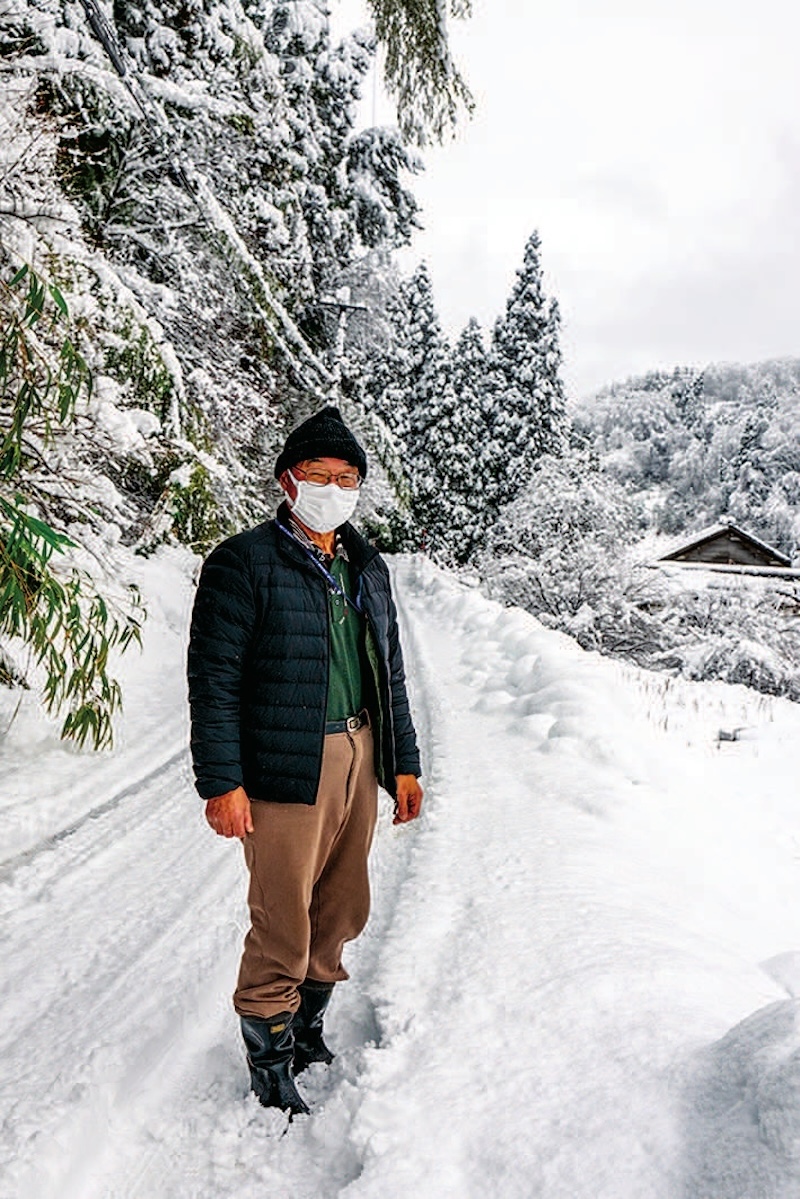
Except for the train, only the road leads to the very bottom of the Oku-Noto’s valleys. Whereas the area suffered from the lack of snow last year, it is excessive this year, with snow relatively heavy and humid, to the point where trees are falling under its weight. Shûden Katsuyoshi’s family, 71 years old, rice grower in Tôme’s village, who was terrified by the violent earth tremors of January, did not dare to reunite in the big family residence this year. So, the year debuted with the New Year festivities reduced to the bare minimum, only his firstborn son came one night to the hundred-year-old farm.
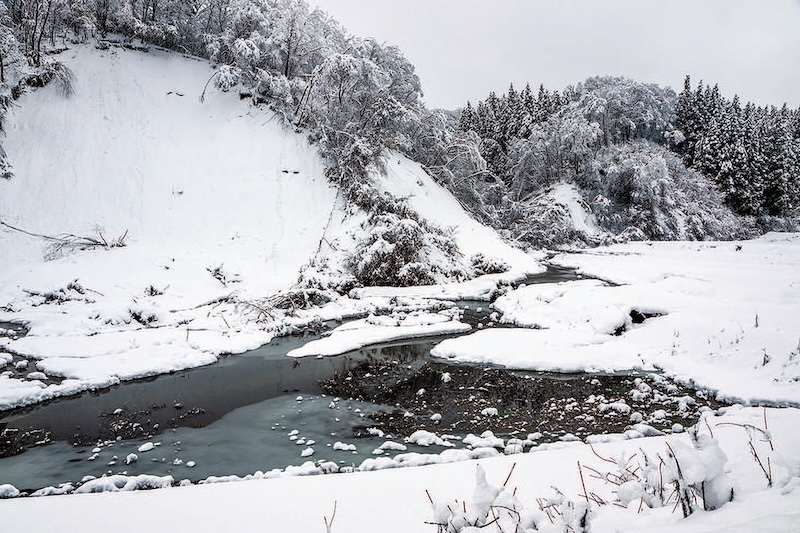
In Tôme, rice has been cultivated since ancient times in terraced rice fields, built at the bottom of valleys, using the water coming from the mountains. The important damages caused in the rice fields by the January 2024 earthquake had first made the cultivators think that it would be impossible to plant for the next spring, but thanks to the support of a number of volunteers and the mild weather, they managed to get through this time. However, as the rice was just about to be collected, the torrential rains of September 21st and 22nd caused new even more important landslides that buried the terraced rice fields under mountains of mud, sand and rocks.
Right when the rice growers thought they could finally get up from the earthquake, these torrential rains took them by surprise. The soils, weakened by the earth tremors, fell under the rain. Between the 21st and the 22nd of September, 500mm of rain fell. Whereas 6 months sufficed to fix the damage caused by the earthquake, it will take at least between 2 and 3 years to fix the rice fields as it were, currently buried beneath a flood of trees, rocks and sand. The inhabitants of the area, which has a harsh climate, are usually naturally resistant but were won over by despair. There is no chance to quickly build back the rice fields, nor to plant rice there. The Tôme village and its rice fields-less rice growers, are now risking the disappearance of what was their primary work, and their reason of being for centuries: rice culture.
Shûden Katsuyoshi was not spared: 85% of his rice fields were destroyed. He explains: “But it is the people whose house was destroyed that were the most affected. They don’t have the strength to build back or to get involved in the reconditioning of the village’s communal parts and are withdrawing within themselves.” Tôme’s population is experiencing a considerable drop: of 70 families present before the two disasters, only 45 remain. Some people are waiting in temporary housing, others went into retirement homes, others still with their families in the city. A third of this small community’s rice growers already took the difficult decision of giving up on their job.
Thus, Hoshiba Ieyoshi, 80 years old, a reasonable age to retire (even in Japan) would have liked to pursue his activity, but he had to give it up. His house was greatly damaged by the earthquake, then his rice fields were destroyed by the torrential rains and the landslides they caused. Housed with his wife in a temporary housing, he is resisting against the calls of his family to join them in the city, Kanazawa, Ishikawa prefecture’s main town, and would like to keep living in the village.
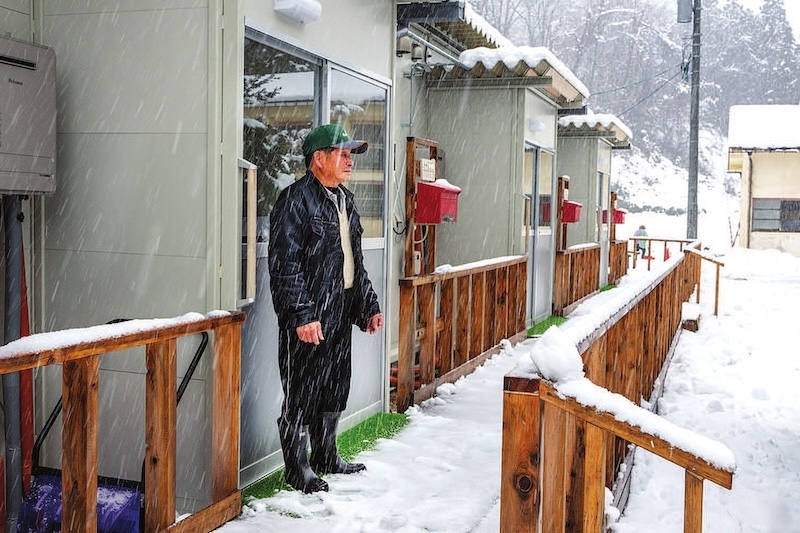
“The floods were worse than the earthquake”, he says without hesitation. “We are used to earthquakes in Noto, but this kind of rain, we didn’t think it could happen here.”
While there is a lot of criticism concerning the action of public authorities, especially the priorities of reconstruction, all agree to praise the surge of solidarity from civil society. Not less than a dozen groups of volunteers took over after each other in Tôme. Religious groups, Buddhists like Taiwanese Tzu Chi, or the Japanese Tenrikyô sect and christians. There were also volunteers from Ôsaka who came to help rebuild the rice fields, and students from Kanazawa University who helped heal the survivors.
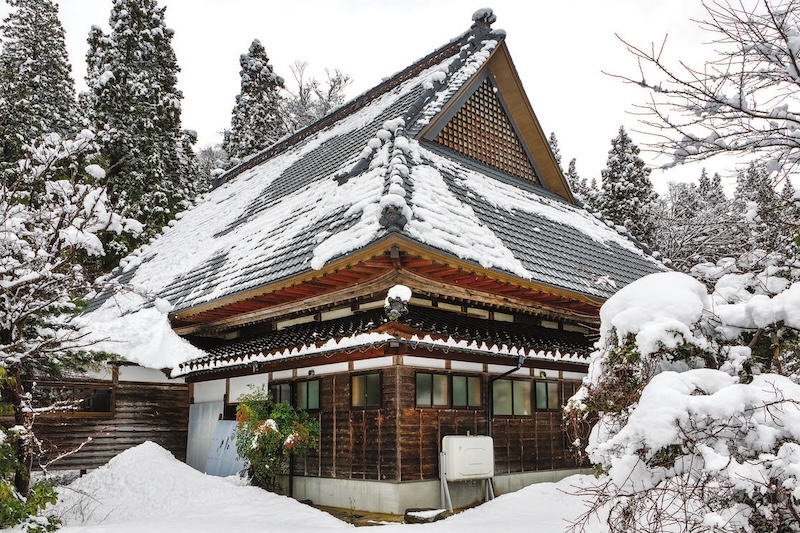
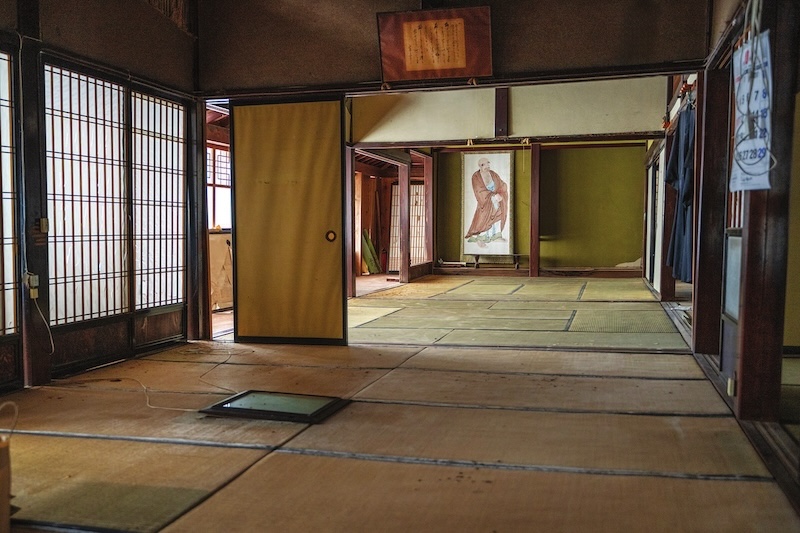
The issues of the small Noto village are shared with a great number of the rural areas in Japan: aging of the population, rural exodus, isolation, disinterest of young people in agricultural work. These subjects have been known for a while now, but the two natural disasters amplified them.
As there are not young people wishing to settle down in this remote area, villagers hope to at least attract people in passing. And, as there is not a housing place for visitors anymore since it was destroyed by the earthquake, they are considering renovating the Gyônen temple and its kuri (the adjacent building to the main hall) formerly used as a residence for the superior monk, to create a hostel for visitors. The large listed building, built more than two centuries ago, requires a lot of renovation work. It was thus decided to call for a crowdfunding to try and gather the approximative 300 000 euros necessary for the complete renovation of the building.
Unable to produce rice anymore, Tôme’s cultivators took on this project as a last chance. The call for funding contributions explains as follows: “Symbol of the recovery after the double disaster, we would like to pursue as did our ancestors, who once reinforced the community links by renovating the Gyônen temple, by reviving its annex and creating a place of exchange between many people and a light of hope for the area’s inhabitants.”
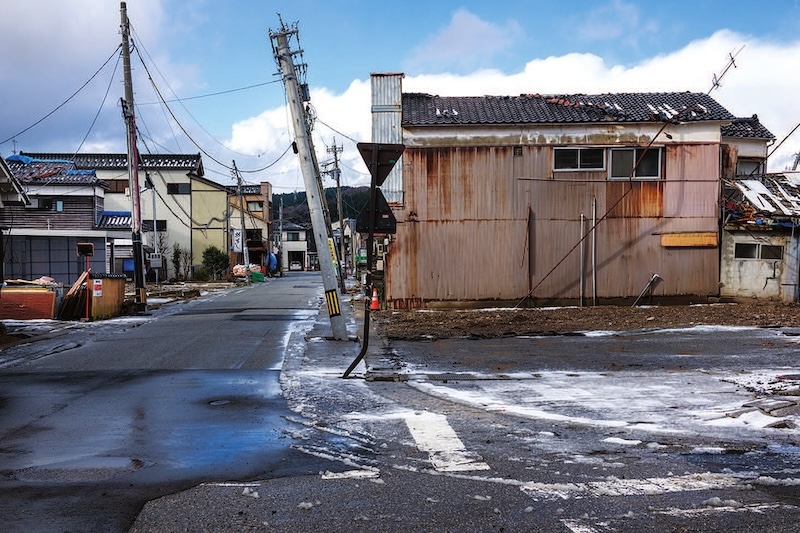
In Wajima, lacquerware’s capital and main town of the peninsula, blows a strong and cold wind blows, which makes walking difficult, the roads are deserted, many stores are closed since the earthquake and may never open again. Despite the authorities’ clean-up efforts, traces of the earthquake are still visible at every street corner. Some houses were cleared out at the state’s expense. Others, wobbly or disemboweled, are still waiting for their fate. The strong floods of September left a dozen of victims in the area and nine temporary housings for the survivors of the earthquake were flooded above ground level. Many people who were evacuated following the earthquake were forced to stay somewhere else.
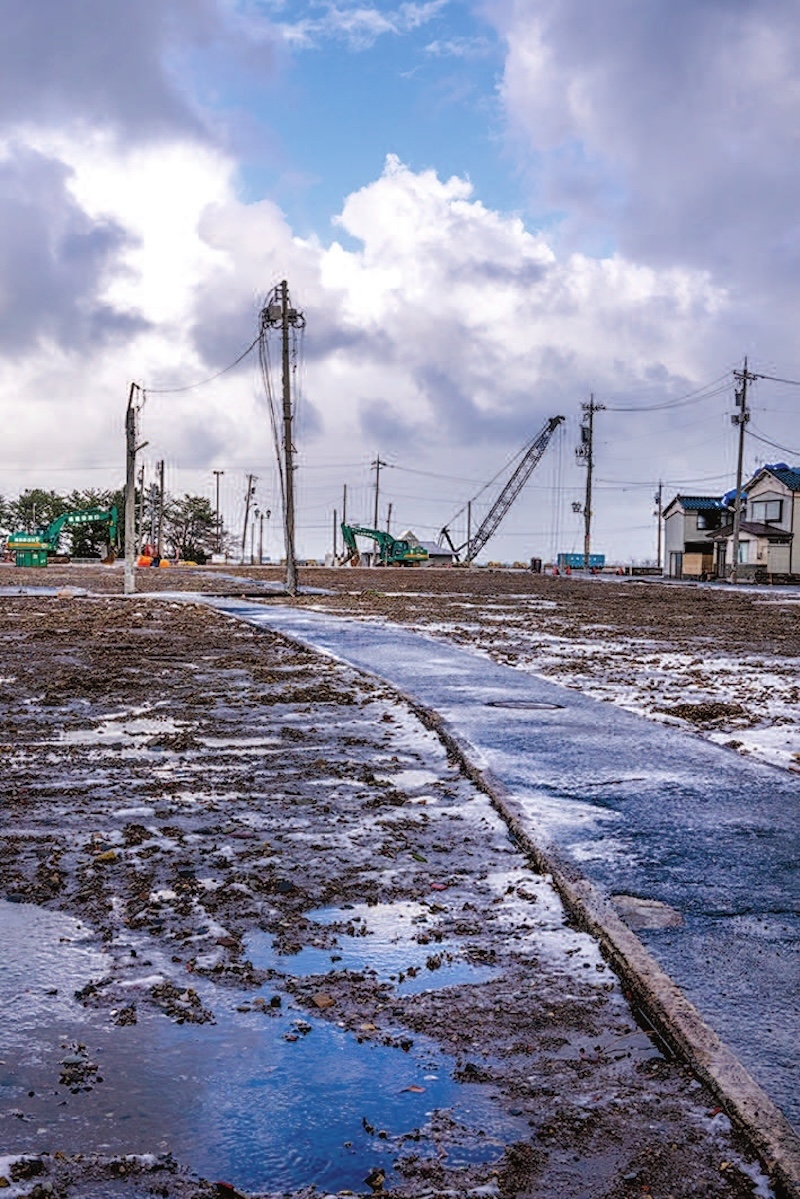
Hamaguchi Yukio, 73 years old, retired art history professor, that Zoom Japan met a year ago as he was methodically taking pictures of the burned leftovers of the Wajima market, considers himself very lucky. His house might have been damaged by the earthquake, but way less than his neighbours’, completely destroyed, and more importantly, he managed to move into a larger and sturdier house than his previous one. “I am well aware of my luck but never forget the misfortune of others”, he confided. The numbers are cruel for Wajima, 40% of the population, approximately 200 families, already left the town and the exodus risks continuing. The floods, in a town that was just healing from the damages of the earthquake, seems to have delivered the final blow. Wajima’s inhabitants want to reconstruct the famous market that burned down in flames, thus reviving a thousand-year-old tradition, but they have not agreed yet on which form it should take.
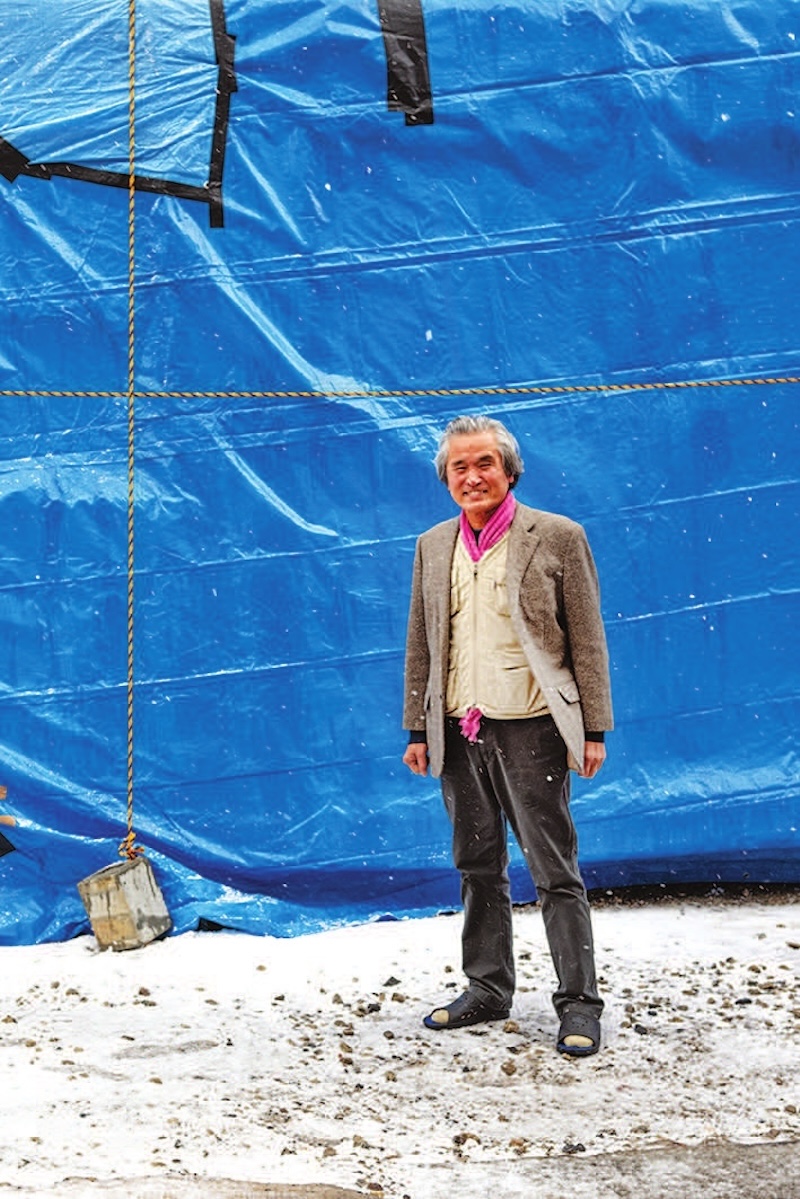
Since the market’s site, of which Hamaguchi Yukio accumulated thousands of pictures, has been completely cleared out, he now points his camera towards the many blue plastic tarpaulins placed on the damaged rooftops and walls of his neighborhood, one where most houses are on the ground. He photographs them from all angles for a simple reason: “You don’t put a tarpaulin over a building you intend to abandon,” he explains. “So, they are a sign of hope!” Since the market’s website, of which Hamaguchi Yukio accumulated thousands of pictures, has been completely cleared out, he now points his camera towards the many blue plastic tarpaulins placed on the damaged rooftops and walls of his neighborhood, one where most houses are on the ground. He photographs them from all angles for a simple reason: “You don’t put a tarpaulin over a building you intend to abandon,” he explains. “So, they are a sign of hope!”
Eric Rechsteiner
Crowdfunding
If you wish to support Tôme’s inhabitant’s project to renovate one of the Gyônen temple’s building to make it a reception place for visitors, you can donate following this link: https://readyfor.jp/projects/148425?sns_share_token=34b8eb1fcaeea4ba9fa6.
Follow us !

